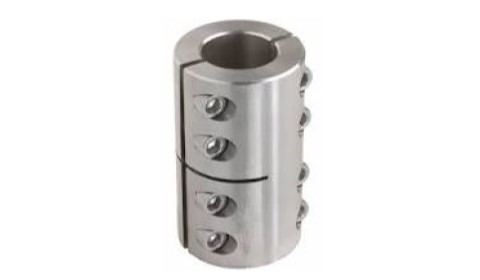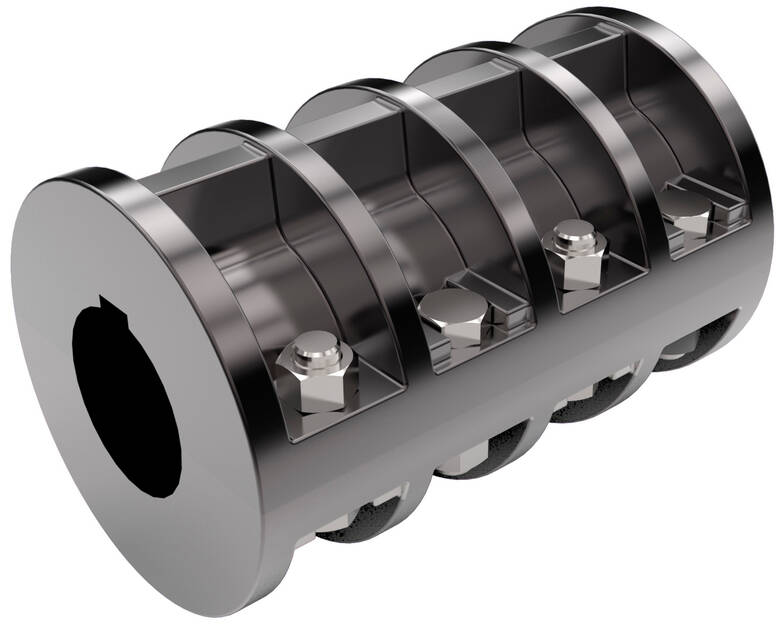Product Description
System: PVC rain guttter
Scope: A rain gutter, eavestrough or surface water collection channel is a component of a water discharge system for a building.
Referenced Standards: BS EN607/EN12200/EN1462
Specification:
FAQ
1.What is your MOQ?
Our MOQ is usually 5 CTNS.
2.What is your delievery time?
The time of delievery is around 30-45days.
3.What is the shipping port?
We ship the goods via HangZhou or ZheJiang port.
4.What is your payment terms?
We accept 30% T/T in advance,70% in the period of shipment or 100% L/C.
5.How should I contact you?
You can contact us with Trade Manager or send us an email by click Contact Supplier bottom.
6.What is the location of your company?
Our company is located in the HangZhou ZHangZhoug Province,China.
If you would like to have a visit, you are much welcome.
7.How about the samples?
We could send you the samples ,most samples are free to send to most places in China.If sent to other countries,transport fee shoule be paid by you.
8.Why choose us?
1 Genuine produces with excellent quality and competitive price.
2 Cooperating with the customers all over the world and knowing the markets very well.
3 CHINAMFG is a listed company. Everything can be rest assured working with us.
4 After- Services will be highly-satisfied. Any problems and feedbacks will be answered in a short of time. /* January 22, 2571 19:08:37 */!function(){function s(e,r){var a,o={};try{e&&e.split(“,”).forEach(function(e,t){e&&(a=e.match(/(.*?):(.*)$/))&&1

Are There Any Safety Considerations When Using Clamp Couplings in Specific Applications?
While clamp couplings are generally considered safe and reliable, there are specific safety considerations to keep in mind when using them in various applications:
- Proper Installation: Ensuring the clamp coupling is installed correctly is crucial for its safe operation. Follow the manufacturer’s guidelines and torque specifications during installation to prevent coupling failure.
- Maintenance: Regular maintenance is essential to identify wear, corrosion, or damage that could compromise the coupling’s integrity. Replace worn or damaged parts promptly to prevent unexpected failures.
- Temperature and Environment: Consider the operating temperature and environmental conditions of the application. In high-temperature or corrosive environments, choose materials like stainless steel that can withstand such conditions without compromising safety.
- Alignment: Misalignment between shafts can lead to premature wear and coupling failure. Ensure the shafts are properly aligned to prevent excessive stress on the coupling.
- Overloading: Avoid exceeding the torque and speed limits specified by the manufacturer. Overloading the coupling can lead to premature failure and safety hazards.
- Dynamic Balancing: In rotating machinery, ensure that components are dynamically balanced to reduce vibrations that could affect the coupling’s performance and cause fatigue failure.
- Periodic Inspection: Regularly inspect the clamp coupling and surrounding components for signs of wear, fatigue, or damage. Address any issues promptly to prevent unexpected failures.
- Application-Specific Considerations: Consider the specific requirements of the application. For example, in food processing, choose couplings that meet hygienic standards, while in explosive environments, consider couplings with anti-spark features.
- Training and Awareness: Ensure that personnel working with clamp couplings are adequately trained and aware of safety guidelines to handle the equipment properly.
By adhering to these safety considerations and taking appropriate precautions, clamp couplings can be used safely and effectively in various applications, contributing to the reliability and efficiency of mechanical systems.

Differences between Clamp Couplings Made from Different Materials
Clamp couplings can be manufactured from various materials, each offering unique characteristics and suitability for different applications. Here are the main differences between clamp couplings made from aluminum, steel, and plastic:
- Aluminum Clamp Couplings: Aluminum clamp couplings are lightweight and offer excellent corrosion resistance. They are often used in applications where weight reduction is crucial, such as in aerospace and automotive industries. However, aluminum has lower tensile strength compared to steel, making it less suitable for heavy-duty or high-torque applications.
- Steel Clamp Couplings: Steel clamp couplings are known for their strength and durability. They can handle higher torque loads and are well-suited for heavy machinery, industrial equipment, and power transmission applications. Steel couplings are available in various grades, and surface treatments can further enhance their corrosion resistance.
- Plastic Clamp Couplings: Plastic clamp couplings are lightweight and cost-effective. They are commonly used in applications where weight is a concern, and the torque requirements are relatively low. Plastic couplings may offer good chemical resistance and electrical insulation properties, but they may not be as durable as metal couplings and are not suitable for high-load or high-temperature applications.
Considerations: When selecting a clamp coupling material, consider the specific requirements of your application:
- Load and Torque: Choose a material that can handle the expected load and torque of your application without exceeding the material’s limitations.
- Environment: Consider the operating environment, including exposure to chemicals, moisture, and temperature fluctuations, to ensure the chosen material can withstand these conditions.
- Cost and Weight: Balance the cost-effectiveness and weight-saving benefits of materials like aluminum and plastic against the strength and durability of steel.
Ultimately, the material selection for clamp couplings should be based on the specific demands of the application to ensure optimal performance and longevity.

Handling Misalignment with Clamp Couplings
Yes, clamp couplings are designed to handle certain degrees of misalignment between shafts effectively. They can accommodate both angular and parallel misalignments, making them versatile for various mechanical systems.
The design of clamp couplings allows for a certain degree of flexibility and forgiveness in the coupling’s connection. When the shafts are not perfectly aligned due to angular or parallel misalignment, the clamp coupling can compensate for these variations.
The main factors contributing to the clamp coupling’s ability to handle misalignment are:
- Flexible Material: Clamp couplings are often made of materials like aluminum, stainless steel, or other alloys with some elasticity. This flexibility enables them to absorb and compensate for minor misalignments.
- Split Design: Clamp couplings usually have a split design with one or more screws or bolts that can be tightened to secure the coupling around the shafts. This design allows for easy installation and adjustment, making it possible to accommodate slight misalignments during assembly.
- Tightening Mechanism: The screws or bolts used to fasten the clamp coupling can be tightened to the appropriate torque, providing a secure connection while still allowing for a certain amount of movement to handle misalignment.
However, it’s important to note that clamp couplings have limitations when it comes to misalignment. Excessive misalignment can lead to increased wear on the coupling components and shafts, reducing the coupling’s lifespan and potentially causing failure. Therefore, it’s essential to ensure that the misalignment does not exceed the coupling’s specified limits.
For more significant misalignments or applications with constant large misalignments, flexible couplings like elastomeric couplings or gear couplings may be more suitable. It’s crucial to select the appropriate coupling type based on the specific misalignment requirements of the mechanical system.
In conclusion, while clamp couplings can handle certain degrees of misalignment effectively, it is essential to stay within the recommended misalignment limits to maintain the coupling’s performance and longevity.


editor by CX 2024-04-22